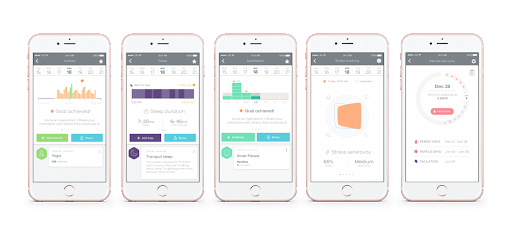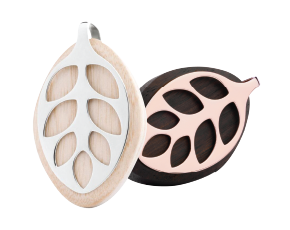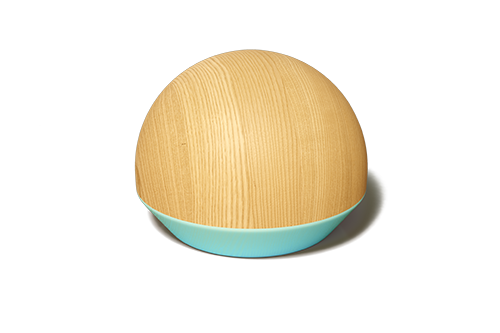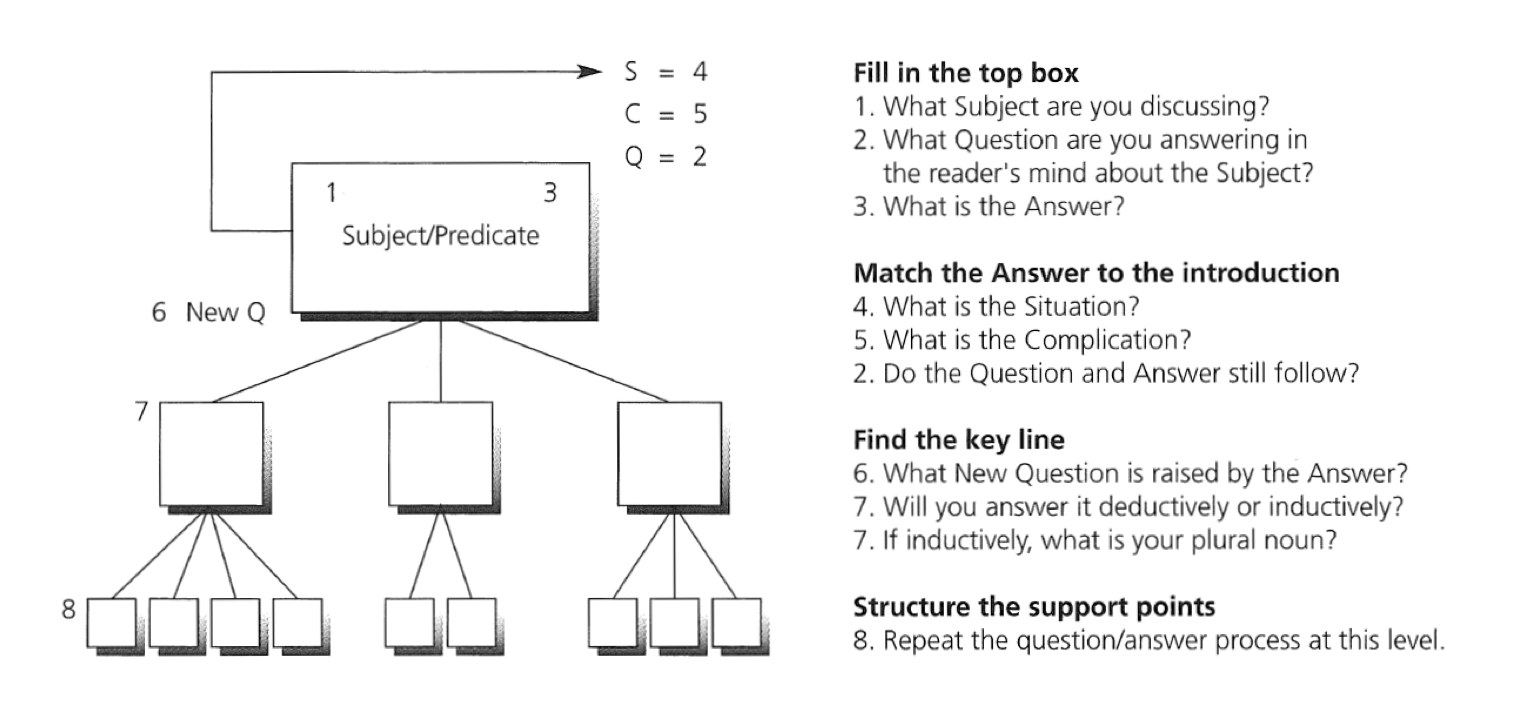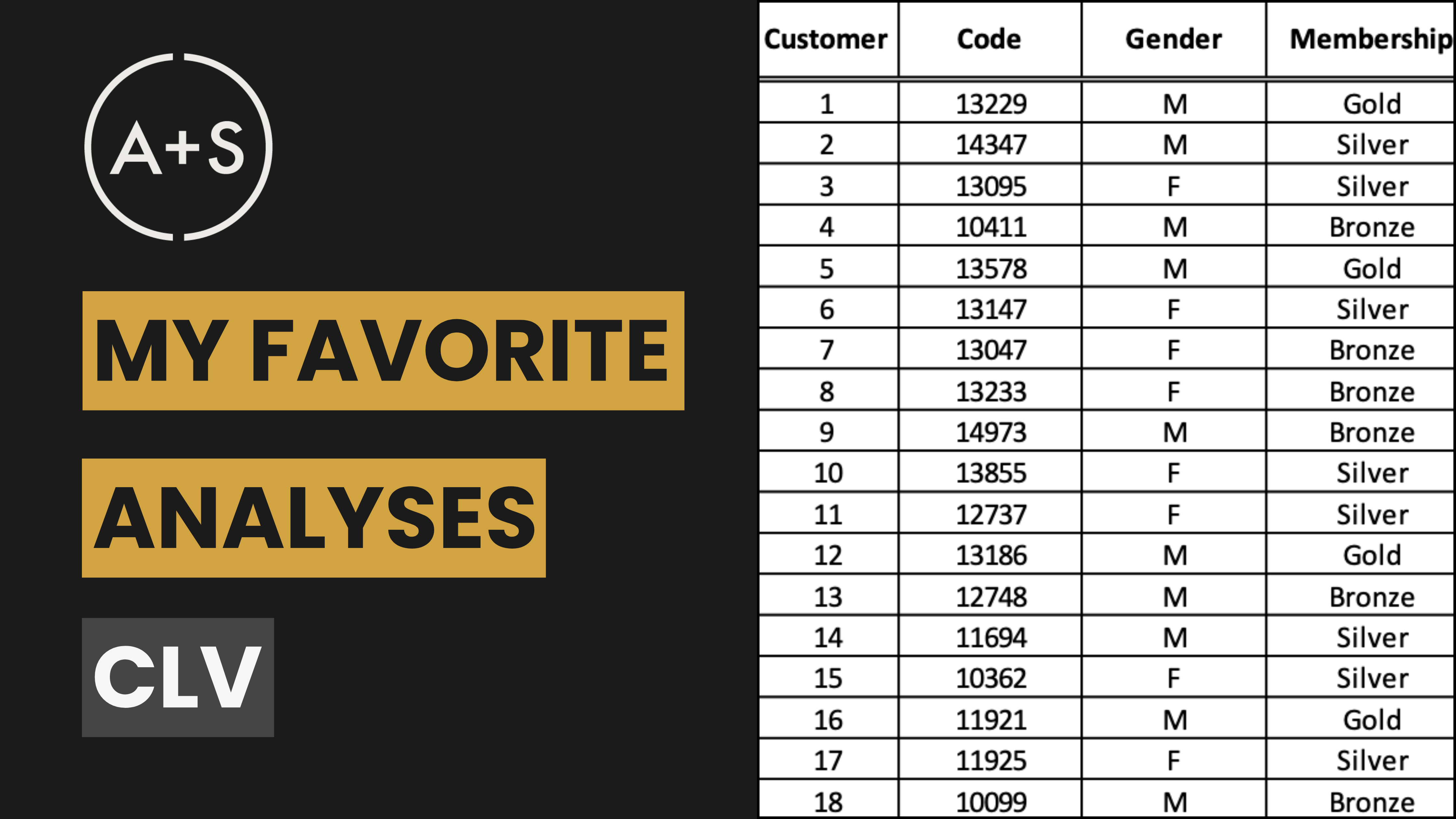This fictional case study about a very real company, Bellabeat, challenges analysts to develop a rigorous, thoughtful plan before launching an analysis project.
Summary
Bellabeat, a high-tech design and manufacturing company that produced health-focused smart devices for women, had become a successful small company. The potential of the brand to become a large player in the global smart device market was undeniable. Urška Sršen, Bellabeat’s co-founder and Chief Creative Officer, knew that an analysis of the company’s market and consumer data would reveal a path forward. But where should she look in the data?
Key characters
Bellabeat: A high-tech manufacturer of health-focused smart products for women.
Urška Sršen: Slovenain artist and Bellabeat’s co-founder and Chief Creative Officer.
Sandro Mur: Croatian mathematician, Bellabeat’s co-founder, and key member of the Bellabeat executive team.
Balance: A Bluetooth-connected smart scale that not only tracks weight gain through pregnancy, but also doubles as a baby scale once the baby is born.
Shell: A non-invasive baby heartbeat listener intended for expectant moms and families.
Leaf: Smart jewelry Bellabeat developed and produced that features sleep tracking, activity tracking, and guided breathing exercises to control stress.
24/7 Data: Data analytics and strategy consulting firm hired to advise on Bellabeat’s 2018 strategic plan.
What is the path for Bellabeat?
2017 was drawing to a close and Urška Sršen was ready to take the next step.
Bellabeat, the company she founded with Croatian mathematician, Sandro Mur, in 2013, had grown rapidly and was seemingly on the cusp of bigger things. A high-tech company that manufactures health-focused smart products, Bellabeat successfully positioned itself as “A Tech Driven Wellness Company for Women.” As the company’s Chief Creative Officer, Sršen leaned on her artist’s background to develop beautifully designed technology that aimed to inform, inspire, and motivate women around the world to become the best versions of themselves. Collecting data on activity, sleep, and reproductive health has allowed Bellabeat to create a unique algorithm that alerts device users when they’re physically more susceptible to stress.
In a mere four years, Bellabeat opened offices in Zagreb, Croatia; San Francisco, California; London, England; and Hong Kong, and launched three products: Balance, Shell, and Leaf. Leaf had become the company’s most-known product, with more than 100,000 sold as of 2017. In its review of the 2016 jewelry market, Business Insider described Bellabeat’s Leaf Urban (a smaller, sleeker version of the original Leaf) as the best piece of smart jewelry a woman can wear.
As she reflected on Bellabeat’s success, Sršen knew that an analysis of her available customer and market data would reveal many opportunities for further growth. Early discussions with 24/7 Data, a consulting firm she had engaged to advise on Bellabeat’s 2018 strategic plan, confirmed there were many paths forward. 24/7 Data developed analytics projects to explore these paths. As Sršen prepared to meet with Bellabeat’s executive team to review 24/7 Data’s plans, the question she most needed help with was simple to pose, yet complex to answer: Where should she look in the data?
Marketing for Bellabeat
Bellabeat has invested in traditional media (radio, out-of-home billboards, print, and television) lightly and strategically, typically for a well-defined period in key markets. Bellabeat uses digital marketing extensively, investing year-round in Google Search, maintaining active Facebook and Instagram pages, and consistently engaging consumers via Twitter.
In addition, Bellabeat runs video ads on YouTube and display ads on the Google Display Network to support campaigns around key marketing dates:
-
January: New Year’s resolution season
-
February: New York Fashion Week / Valentine’s Day
-
March: International Women’s Day
-
April: World Health Day / Easter
-
May: Mother’s Day
-
June: Annual summer start sale
-
July: Amazon Prime Day
-
August: Annual mid-summer sale
-
September: Labor Day / Back-to school season
-
October: Annual autumn start sale
-
November: Black Friday / Cyber Monday
-
December: Year-end holiday season
Bellabeat has maintained a culture of test-and-learn to optimize marketing campaign performance (testing and improving messages, targets, etc.). This approach has guided Bellbeat’s relationships with marketing partners, including its advertising agencies, digital platforms, and sales channel partners.
Sales channels for Bellabeat
In addition to the company’s own e-commerce channel on bellabeat.com, Bellabeat’s products are available through a growing number of online retailers, including:
“Offline” traditional retail locations that sell Bellabeat’s products include:
-
Neiman Marcus
-
The Wearables Store
The Bellabeat App
Understanding that many factors influence device users’ physical health, Bellabeat helps build healthy habits and view health through a powerful phone app. The app provides a simple visual snapshot of the Bellabeat device owner’s daily activity, sleep, meditations, stress prediction, and reproductive health.
Key functions of the Bellabeat app include:
-
Activity tracking: Tracks different daily activity, steps taken, calories burned and provides valuable in-app feedback.
-
Sleep tracking: Gain insight into the quality of your sleep based on your movement during the night, sleep duration, and patterns.
-
Stress tracking: By monitoring activity levels, sleep quality and reproductive health, Leaf can detect patterns that may cause stress.
-
Menstrual cycle tracking: Reproductive health tracking feature with a fertility calendar calculates fertile days and notifies you of your next period.
-
Mindfulness: Guided meditation, relaxation exercises, and chakra energizing techniques to help device owners naturally develop self-awareness.
The app connects all Bellabeat products into a complete wellness experience and constantly expands its content. The app motivates consumers through supportive card prompts, lets users share progress, and offers ways to deal with stress.
The Bellabeat Leaf
Bellabeat’s Leaf is the only wellness tracker made with natural crystals, hypoallergenic stainless steel, and wood composite. The product never needs to be charged. Instead, Leaf runs on a battery that provides six months of life. When the battery is expended, the device owner can purchase a new battery (a CR2032 coin cell battery) at any convenience or drugstore and easily swap out the old battery for a new one.
Leaf connects to the Bellabeat app and its features include:
-
No screen or buttons
-
Shower-safe design with a water-resistance rating of IPX6
-
Enhanced with healing crystals, rose quartz or onyx
-
Stress-resistance monitoring
-
Activity, sleep, meditation and reproductive health tracking
Leaf can be worn as a necklace or clip and, unlike traditional activity trackers, looks more like a piece of jewelry than a sports device.
The global fitness tracker market is highly competitive. Various established international brands, domestic brands and new entrants form a competitive landscape. The key players are seeking market expansion through various strategic mergers and acquisitions, innovation, increased investments in research and development, and a cost-effective product portfolio. The global fitness trackers’ market size was valued at $17.9 million in 2016, and is expected to reach $62.1 million by 2023, registering a compound annual growth rate (CAGR) of 19.6 percent during the forecast period. This growth is largely attributed to consumers’ growing awareness of health.
The players in the global fitness tracker market compete on the basis of factors such as technology, features, design, and compatibility. The key players include Apple Inc. (U.S.), Fitbit (U.S.), Nike (U.S.), Misfit Wearable, Inc. (U.S.), Samsung (South Korea), Garmin (U.S.), Suunto (Europe), Jawbone (U.S.), Casio (Japan), Polar (Europe), Adidas (Germany), Xiaomi (China) and Nokia (Europe) among others. Products in this category range in price from $29 to $199.
The Bellabeat Leaf retails for $119.
The Bellabeat Shell
Bellabeat’s Shell turns a mobile phone (Android or iPhone) into a baby heartbeat listener and smart speaker. A safe, noninvasive and completely natural way of listening to a baby’s heartbeat, Shell lets expectant parents get to know their little ones and share the excitement with others. The shape and functionality resemble a seashell, and the wave pattern illustrates the soothing rhythmic sound of the heartbeat.
Shell connects to the Bellabeat app and enables features including:
-
Heartbeat listener: Safely listen to your baby’s heart without Doppler technology. Record and save an unlimited number of clips.
-
Sound file sharing: Get social and make it interactive for family and friends with easy and simple sharing options.
-
Well-being monitor: Track fetal movement with the Kick Counter, which allows device users to perform an easy test from home by logging daily sessions and storing to keep track of the unborn baby’s movement, considered to be a good indication of the child’s well-being.
-
Education and peace of mind: Watch video tutorials on fetal heart positions, track multiple pregnancies, and use other advanced features to gain insight into the experience of pregnancy.
-
Sound machine: Connect Shell to sound files on a mobile phone to gently play sounds to the child in utero or after birth.
-
Baby monitor: Use Shell as a baby monitor through the Bellabeat App when connected via Bluetooth to a mobile phone.
Fetal Doppler monitors, commonly known as baby heartbeat monitors, are handheld ultrasound transducers that detect the fetal heartbeat and sold over-the-counter. Fetal Doppler monitors provide information about the fetus, which is similar to that of a fetal stethoscope, and they act as indicators of stress. The stress usually occurs during birth and labor period, which can be detected using the ultrasound probe and electrocardiography. Use of Doppler ultrasound heartbeat monitors are used for listening to the heartbeat of a fetus. The market also features devices legally marketed as prescription devices that are intended to be used only under the supervision of health care professionals.
Increases in child births and awareness of programs preventing complications in childbirth are important driving factors of the global fetal Doppler monitoring market. The global market reached $1.4 million in 2017. Analysts forecast the global market to grow at a CAGR close to 7 percent through 2022, reaching a market size of over $1.9 million.
The market has long been dominated by professional-grade fetal Doppler monitors from medical supply companies such as Medline Industries, Inc.; Bionet Co., Ltd.; Huntleigh Healthcare Limited; Promed Group Co. Ltd.; ELCAT; Hadeco, Inc.; Shenzhen Biocare Bio-Medical Equipment Co., Ltd.; Advanced Instrumentations; and SonoScape Medical Corp. These companies offer large, stand-alone products that typically range in price from $650 to $1,500. The market for (relatively) more affordable, design-focused at-home devices like the Bellabeat Shell is a nascent, emerging development that has the potential for great market disruption.
The Bellabeat Shell retails for $149.
The Bellabeat Balance
Bellabeat Balance is the only smart scale that tracks weight gain through a woman’s pregnancy and doubles as a baby scale once the baby is born. All of the data is recorded in the Bellabeat App. Based on different characteristics of a device user’s pregnancy, the app provides different insights to the expectant mother. Balance will track a device user’s (and their child’s) weight in every single stage of their lives.
Balance connects to the Bellabeat App and its features include:
-
No screen or buttons
-
Simultaneous tracking for multiple people in the household
-
Mother and child weight tracking and analysis through pregnancy and after birth
-
BMI calculation
-
Bone mass reporting and analysis
-
Body fat reporting and analysis
-
General health tracking, analysis, and recommendations
Most devices can measure various parameters of a human body, such as body mass index, bone mass, fat content and many others that are required to analyze one’s health. A continuous rise in the demand for body fat analyzers is one of the key factors that’s expected to drive the smart scales market. Moreover, a rapid growth in the aging population is likely to lead to augmented sales in the market. Rising cases of hypertension, diabetes, and cardiovascular disease are fostering the adoption of advanced weight management strategies among consumers, especially among females.
The global smart scale market stood at $3.5 million in 2018. It’s expected to grow with a CAGR of 11.9 percent and reach $6.1 million by 2023. Smart scales are the technically advanced and improvised version of conventional measuring scales. The major advantage of these scales is that users don’t have to record their weight manually. These scales can sync with various health apps, which enables people to track their weight.
Key players in the global smart scale market include Withings (Nokia Health USA), A&D, Taylor, MI (China), GoWISE USA, Pyle, PICOOC, WiT, Runtastic, Omron, Newlineny, Yeshm, iHealth, Garmin, and Qardio. These companies offer smart scales that range from $69 to $149.
The Bellabeat Balance retails for $129.
Bellabeat’s data and insights
Bellabeat paid a lot of attention to data. Through partnerships and its own research, the company meticulously tracked market share for its products, consumer perceptions of its brand vis a vis competitors, performance of its campaigns, and product usage data from its app to better understand which features customers liked (and which features they didn’t like). Bellabeat typically contracted third-party research companies to perform much of its data collection but also received free, valuable insights on brand perception and campaign performance from its media partners.
After five years of operation, Bellabeat’s market share remained low. Its most popular product, Leaf, had earned less than 1 percent of the global fitness tracking market. Balance and Shell featured even smaller shares of their respective markets. Bellabeat’s year-over-year growth was impressive, and it had become a highly successful small company, quickly achieving sustained profitability through efficient marketing and distribution strategies. To take the next step and realize its full potential, Bellabeat would need to measure its success in top-line sales instead of cost containment.
While recall of Bellabeat advertising was high, awareness of its brand and products remained low. The use of television advertising, while enticingly broad, was too expensive for Bellabeat at the frequency needed to build a global brand. The company had shifted advertising resources from traditional channels like TV, magazines, and out-of-home to digital media where return on investment was much higher. In this way, Bellabeat drove brand awareness with campaigns tightly targeted at key consumer groups (e.g., pregnant women, active style-conscious women, etc.).
Perception of Bellabeat was extremely positive for those consumers who were aware of the brand. Product design and features were key differentiators that consumers consistently lauded. Although Bellabeat’s Leaf didn’t score high on consideration for small, fringe consumer segments (e.g., female professional athletes, female Crossfit enthusiasts, etc.) the product received high marks in favorability and purchase intent from broader, target consumer segments. Research showed Shell and Balance posted high marks on consideration, favorability, and purchase intent measures, largely due to their innovative technology and design.
Bellabeat’s media partners provided campaign performance data. Google, Facebook / Instagram, Twitter, and other digital partners provided free insights in exchange for the media Bellabeat purchased on their platforms. Bellabeat worked with its media partners to establish key performance indicators (KPIs) and goals for each campaign before launch, and then the media partners provided data on those KPIs over the life of the campaigns. Furthermore, Bellabeat’s digital media partners shared insights about consumers who exhibited interest in the company’s products, allowing for greater targeting and efficiency on their platforms.
Bellabeat emphasized the collection and strategic use of consumer data. Its devices collect activity and usage data. Analyses of consumer behaviors help the company optimize device performance and develop new features that are implemented through software updates pushed to consumers’ devices. To protect its consumers’ data (and itself), Bellabeat has invested significantly in security technologies and has worked to ensure each device owner has a transparent relationship with Bellabeat. Any information and communication relating to the company’s processing of device owners’ personal data is only undertaken with consumers’ full consent. These data are easily accessible and easy for device owners to understand. In its communications and consumer agreements, Bellabeat ensures the use of clear and plain language.
Your assignment
Place yourself in the role of a data analyst working for 24/7 Data, the consulting firm Bellabeat has engaged. You’re preparing a plan to analyze one of the many marketing objectives Bellabeat can pursue in 2018. Chose one of the company’s products — Leaf, Shell, or Balance — as the focus of your analysis.
Your plan will be presented to the Bellabeat executive team, along with plans to explore other marketing objectives as part of a broad conversation on which path forward is best for Bellabeat.
Based on the information in the case, consider the following questions:
-
What’s a critical marketing objective for the Bellabeat product you have chosen (this is your “Subject”)?
-
What question are you answering in the Bellabeat executive team’s mind about that objective?
-
What, do you hypothesize, is the answer to that question?
-
What’s the current situation for Bellabeat that frames your answer?
-
What’s the complication to that current situation that will compel Bellabeat to take action?
-
What are (at a minimum) three key questions that must be resolved to test your hypothesis and support your proposed answer?
-
For each key question, what are (at a minimum) three pieces of data that you’d like to collect and analyze?
-
For each piece of data you’ve identified, what is a potential source for that data?
Use the Minto Pyramid Principle’s “top-down” process to organize your responses to the above questions into a logical, visual plan for an analytics project that will explore a path forward for Bellabeat.
N.B.: While in planning mode, any “Answer” called for in the process steps below should be thought of as a hypothesis.


